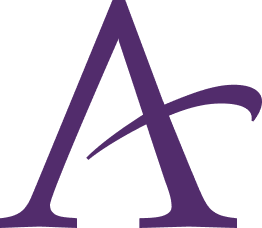
401(k) Rollovers
Yes! There are a couple of different ways you can rollover your 401(k).

What a Rollover Is
Rolling over your 401(k) allows you to transfer the money from one retirement account to a new one, either another 401(k) at your new job or an individual retirement account (IRA). This could maintain the retirement fund’s tax-deferred status, and let you continue building toward your goal. It’s always best to discuss these options with your tax advisor to determine what’s right for you.
Direct & Indirect Rollovers
If you choose a direct rollover, the money from the 401(k) is sent directly to a new account you’ve chosen, instead of going to you. In the case of an indirect rollover, you’d get the check to deposit on your own, but you could be taxed on the income if you don’t do it within 60 days of receiving the money.
Rolling Your 401(k) to an IRA
Many people rollover to an IRA to protect the tax-deferred status of their 401(k) account.
A Traditional IRA is an individual retirement account with tax-deferred growth and potentially tax-deductible contributions. Contributions to Roth IRAs are not tax deductible, so a rollover may get taxed. There are other differences, too, between Roth and Traditional IRAs.
How to Make the Right Choice
Everyone’s situation is different. When thinking about making a rollover decision, it’s important to think about what you want out of your 401(k) fund. And remember that these are major decisions for nearly everyone, and it can feel overwhelming to consider saving for retirement.
A financial advisor can help you plan confidently for your future, and your tax advisor can help you understand the impact of your decisions.
A+ Tip: The Affinity Plus Investment Center representatives work with members of all backgrounds to plan for retirement.
Securities and advisory services are offered through LPL Financial (LPL), a registered investment advisor and broker-dealer (member FINRA/SIPC). Insurance products are offered through LPL or its licensed affiliates. Affinity Plus Federal Credit Union and Affinity Plus Investment Center are not registered as a broker-dealer or investment advisor. Registered representatives of LPL offer products and services using Affinity Plus Investment Center and may also be employees of Affinity Plus Federal Credit Union. These products and services are being offered through LPL or its affiliates, which are separate entities from, and not affiliates of, Affinity Plus Federal Credit Union or Affinity Plus Investment Center. Securities and insurance offered through LPL or its affiliates are:
Not insured by NCUA or Any Other Government Agency
Not Credit Union Guaranteed
Not Credit Union Deposits or Obligations
May Lose Value
The LPL Financial registered representative(s) associated with this website may discuss and/or transact business only with residents of the states in which they are properly registered or licensed. No offers may be made or accepted from any resident of any other state.
Your Credit Union (“Financial Institution”) provides referrals to financial professionals of LPL Financial LLC (“LPL”) pursuant to an agreement that allows LPL to pay the Financial Institution for these referrals. This creates an incentive for the Financial Institution to make these referrals, resulting in a conflict of interest. The Financial Institution is not a current client of LPL for brokerage or advisory services.
Please visit https://www.lpl.com/disclosures/is-lpl-relationship-disclosure.html for more detailed information.



